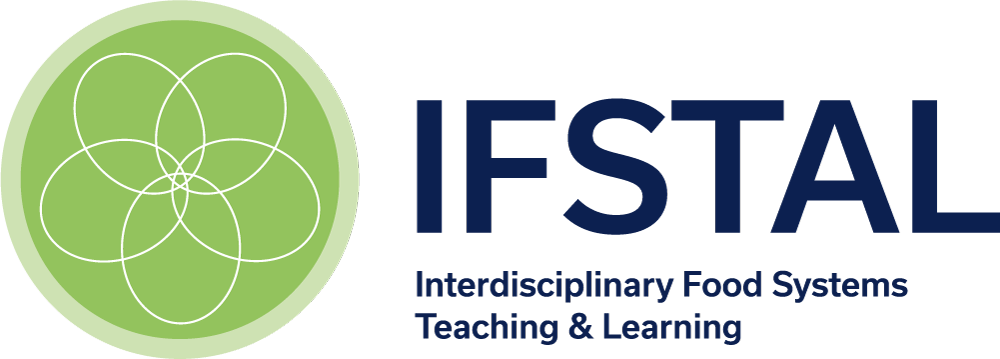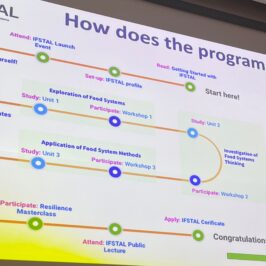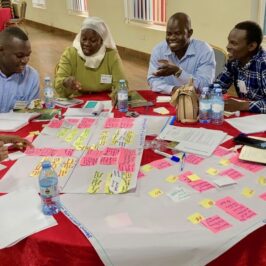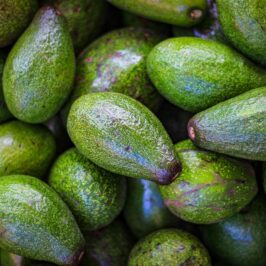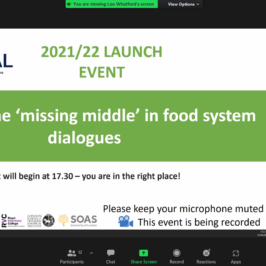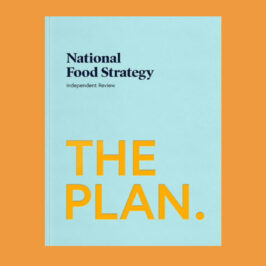Louise Whatford, IFSTAL EC (LCIRAH), Royal Veterinary College, reflects on her group’s field trip visits, which revealed very different aspects of the food system.
The long anticipated day four of the IFSTAL Summer School had arrived: field trip day! The participants were split into two groups, each of which visited two different locations relating to the food system. I accompanied group two, headed to Tolhurst Organic farm and Bidfood distribution centre.
After some expert driving from our bus driver, weaving a large coach through some small and windy country lands, we arrived at Tolhurst Organic. We were greeted by the owner of the farm, Iain Tolhurst, who gave us an introduction to the underpinning ethos, and a brief understanding of the system used on his organic farming. Tolhurst farm is a 17-acre stock-free organic enterprise, meaning no animals or animal by-products/inputs are used on the farm, thereby reducing ‘ghost acres’. The main output from the farm is a veg box that provides in-season produce for local customers. Approximately 80% of Tolhurst’s customers live within a seven-mile radius or use bicycles to buy veg from the shop, reducing food miles.
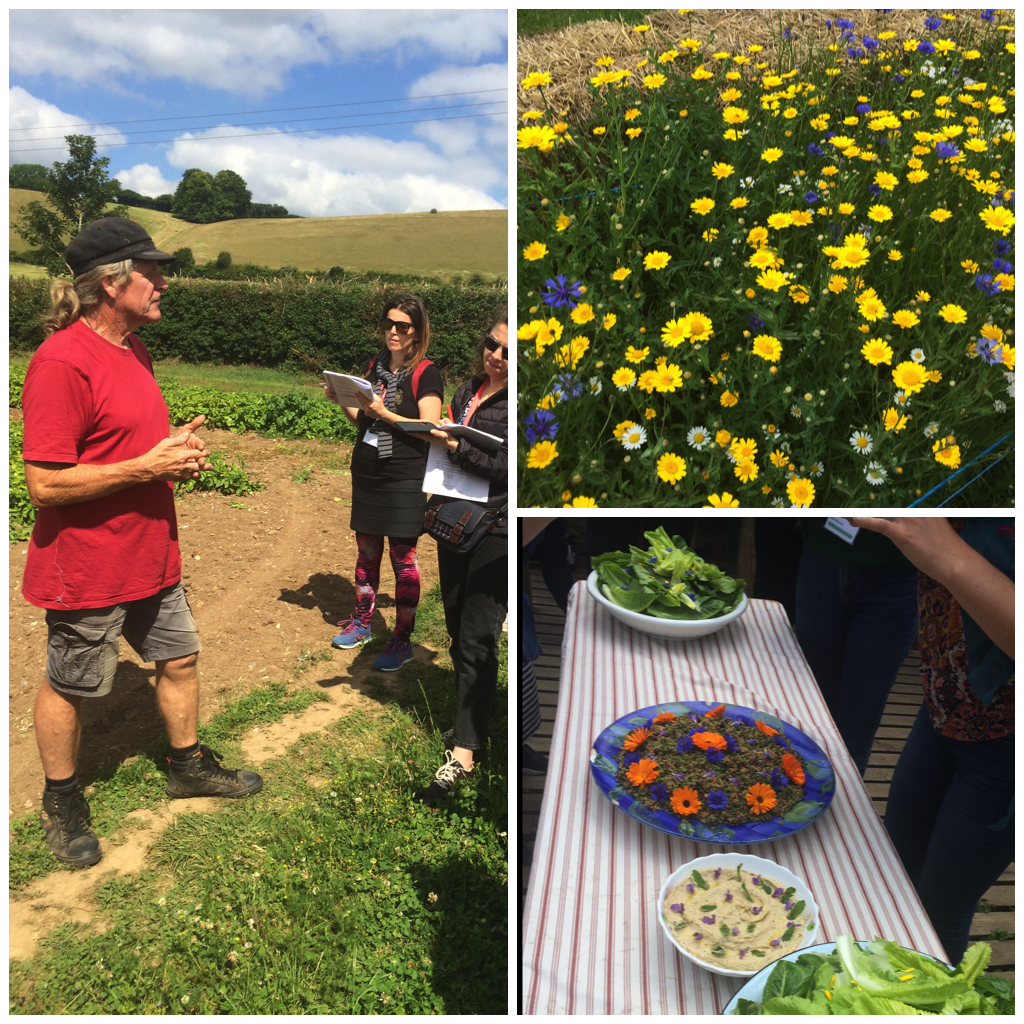
nourish the soil; a delicious organic lunch!
Iain showed us around the fields of the farm explaining how a seven-year rotation is used. They start the rotation with a crop of a mixture of different species of plants, such as legumes, clovers and trefoils, which provides the soil with nitrogen, carbon, phosphates etc. After a year this is then shallowly ploughed into the field to feed to soil. This is the ‘green manure’ used on farm instead of any animal or synthetically produced fertilisers. He also described the invaluable inputs the hedges, beetle banks and wild flower strips provide to the farm. These features are part of maintaining the biodiversity and habitat management on farm, encouraging pollinators and other wildlife on the farm.
With no use of pesticides, the farm relies on nature taking care of itself, for example with pests being eaten by other animals. Iain mentioned that the beetle banks and wildlife strips provide “carbon for free” and that “veg is a by-product of biological diversity management”. The farm is also using agroforestry, introducing indigenous trees to horticulture, again increasing the biodiversity of the farm; this systems approach to farming is very obvious across the farm. The farm also uses greenhouses and tunnels to grow summer and autumn produce that requires more labour. Iain mentioned that interacting with the public was important for them, to promote what they were doing and organic, sustainable farming. Strawberry and squash festivals are part of the farm year and Tolhurst also hosts the odd vegan wedding. Iain is also passionate about transferring his knowledge; he travels to give talks and offers advice and training to anyone who asks.
After experiencing a more local outlook to the food system, we set off to Bidfood distribution centre in Slough to get a more global perspective. We arrived to refreshments and heard from the distribution centre manager, who gave a presentation on the company and its main missions. Bidfood is a foodservice wholesaler offering over 13,000 products to its customers. They aim to deliver high-quality customer service, making life easier and helping customers grow. The IFSTAL participants asked various questions to the three members of Bidfood staff, learning that they have over 90 sustainability coordinators, 32% of products are imported, the education sector is more concerned with organic certification than any other sector and that ramifications from the EU exit is a concern for them.
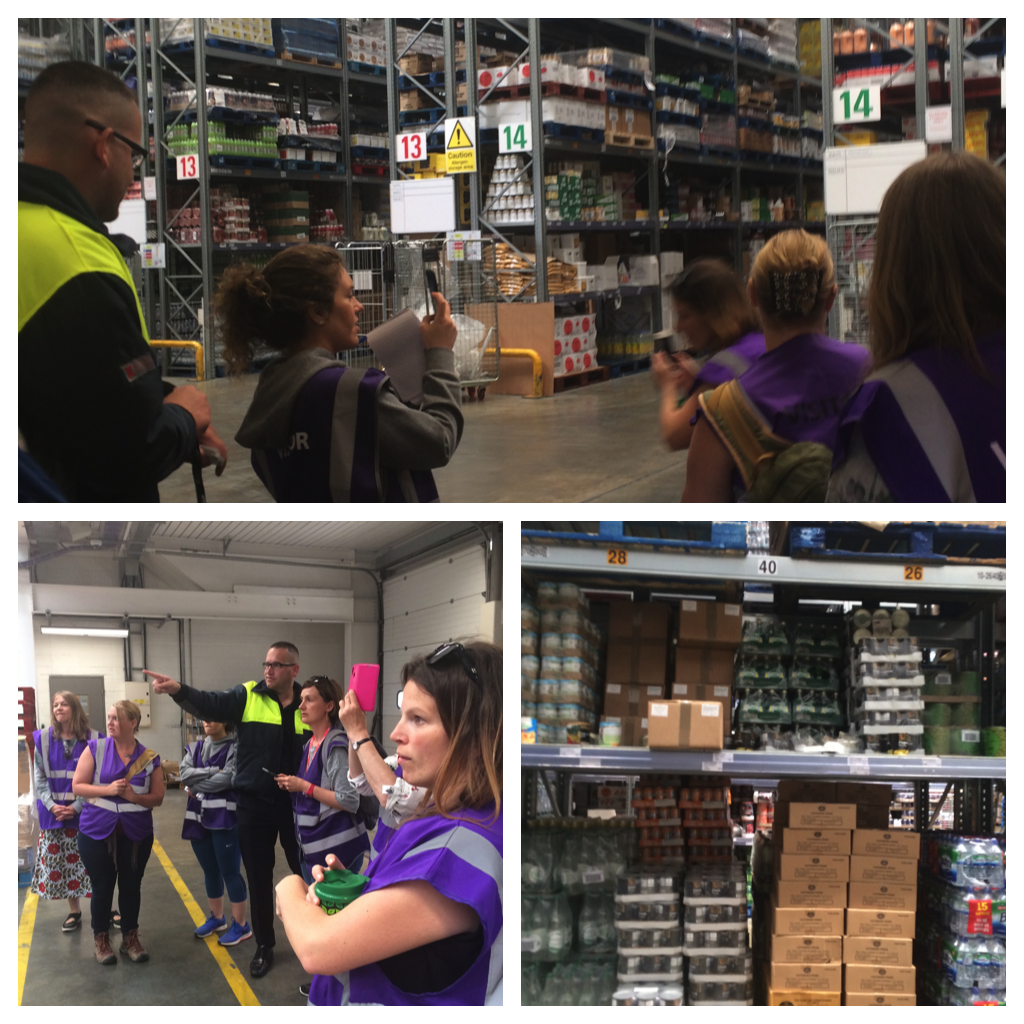
We then embarked on a site tour, visiting the transport depot, customer service, telesales and finally the warehouse. The warehouse was stacked high with products on numbered shelving systems in, room temperature, chilled and frozen areas. The distribution centre obviously has to be organised and work to strict times to coordinate receiving and ship a large volume of products every day. The enterprise currently flourishing turning over a large profit year on year.
Seeing two contrasting systems in one day sparked many a thought and question, and I think everyone agrees that it was a successful and fun day!
Catch up on all the summer school 2019 news here
